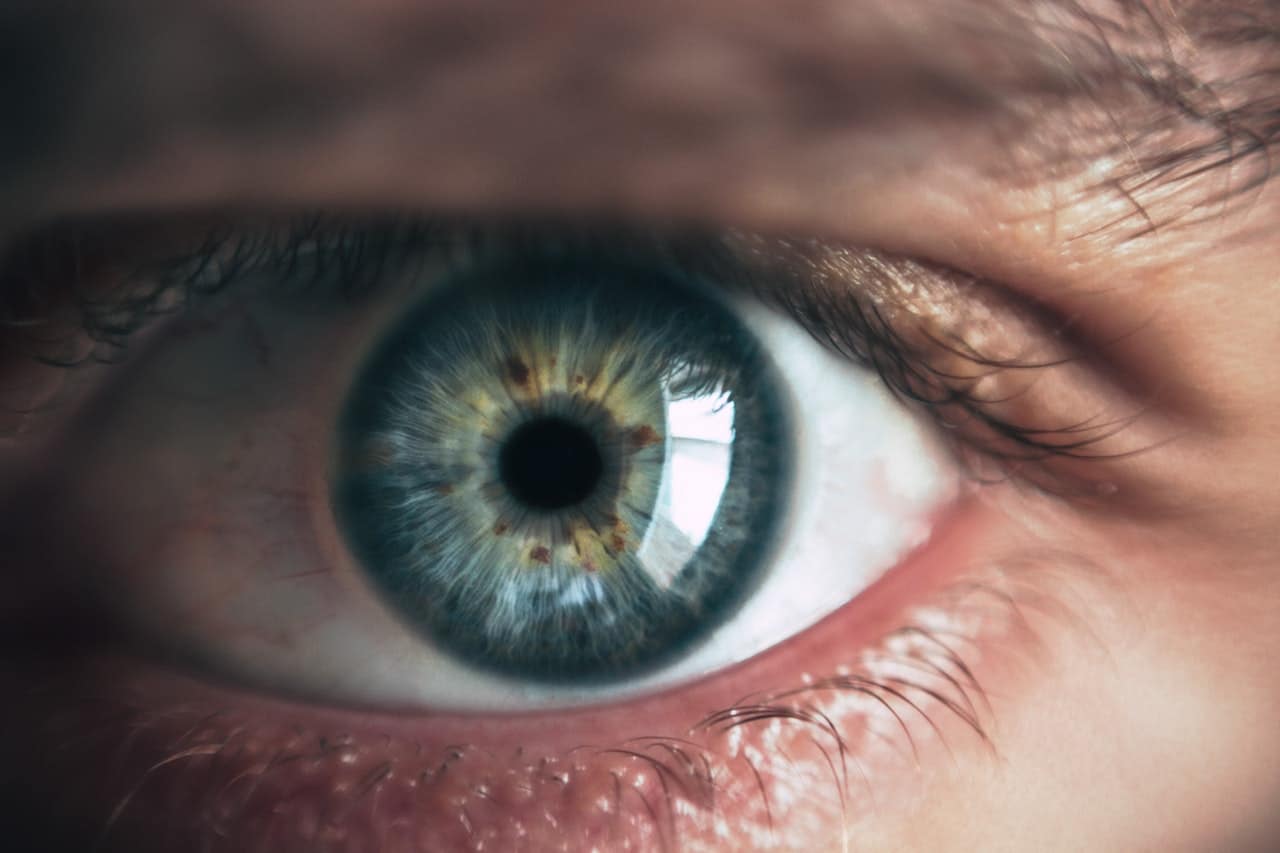

Low vision is a type of visual impairment that cannot be corrected with glasses, contact lenses, or even with surgery. As an optometrist, it can be challenging to have a patient with low vision, as unfortunately, there is no cure. Those at higher risk of experiencing low vision include older people, as well as those with age-related macular degeneration, glaucoma, diabetic retinopathy, or cataracts.
Each of these eye conditions can result in low vision, which can have a significant impact on the lifestyle of your patients. If you’re looking for more advanced and efficient ways to help patients with low vision, you may want to consider investing in low vision aids for your practice.
Low vision is the name given to significant visual impairment, which includes visual field loss such as lack of vision in the periphery or blind spots. The result of the eye diseases previously mentioned can result in blurry, obscured, or distorted vision, which may leave someone with low vision.
For someone who develops a low vision, it can be incredibly frustrating and can even cause depression, along with the difficulty of working, driving, watching television, or reading. It can leave patients of low vision feeling very helpless, with limited options.
As an optometrist, it’s important that you’re able to give some hope and independence back to your patients. With technology evolving all the time, new solutions may help where other conventional methods cannot.
While you cannot prescribe lenses or offer surgery to someone who has low vision, there is a range of devices that will provide suitable assistance. This can help to give back some of your patients’ ability to do everyday tasks and make it a little easier to live with low vision.
Wearable technology has grown tenfold over the last few years, including smartwatches and other smart jewelry that can help with health and monitoring purposes. Thanks to this use of technology, wearable devices can now help with vision loss too. Smart cameras can be clipped on to a pair of lenses in order to help read a text, tell the time, recognize faces, or identify objects.
Other low vision aids can provide significant magnification for those with medium to severe low vision. These come in the form of handheld magnifiers and tablet-sized devices that can be used to read or look at objects. Providing your patients with such devices can give a sense of freedom and independence back, as well as making sure they don’t feel lost after a diagnosis of low vision.
If you are interested in even more technology-related articles and information from us here at Bit Rebels, then we have a lot to choose from.
Companies generally look for people with expertise in technical skills, but the hospitality industry also…
Esports has transformed from a niche pastime into a global phenomenon, with millions of fans…
Marketing has historically been focused on what you can tell your audience— how you can…
Do you ever get so busy taking care of everyone and everything else that you…
The Bitcoin price in USD has fluctuated steeply over the past month, from a high…
The online gambling industry has expanded rapidly, offering players around the world the ability to…